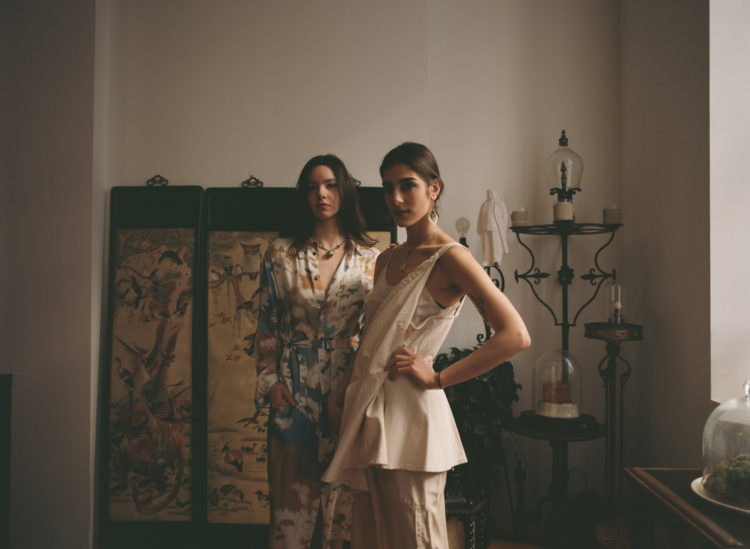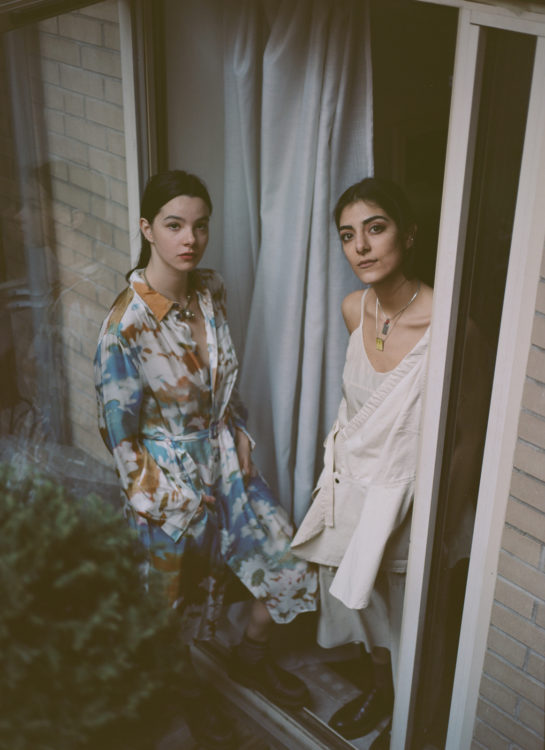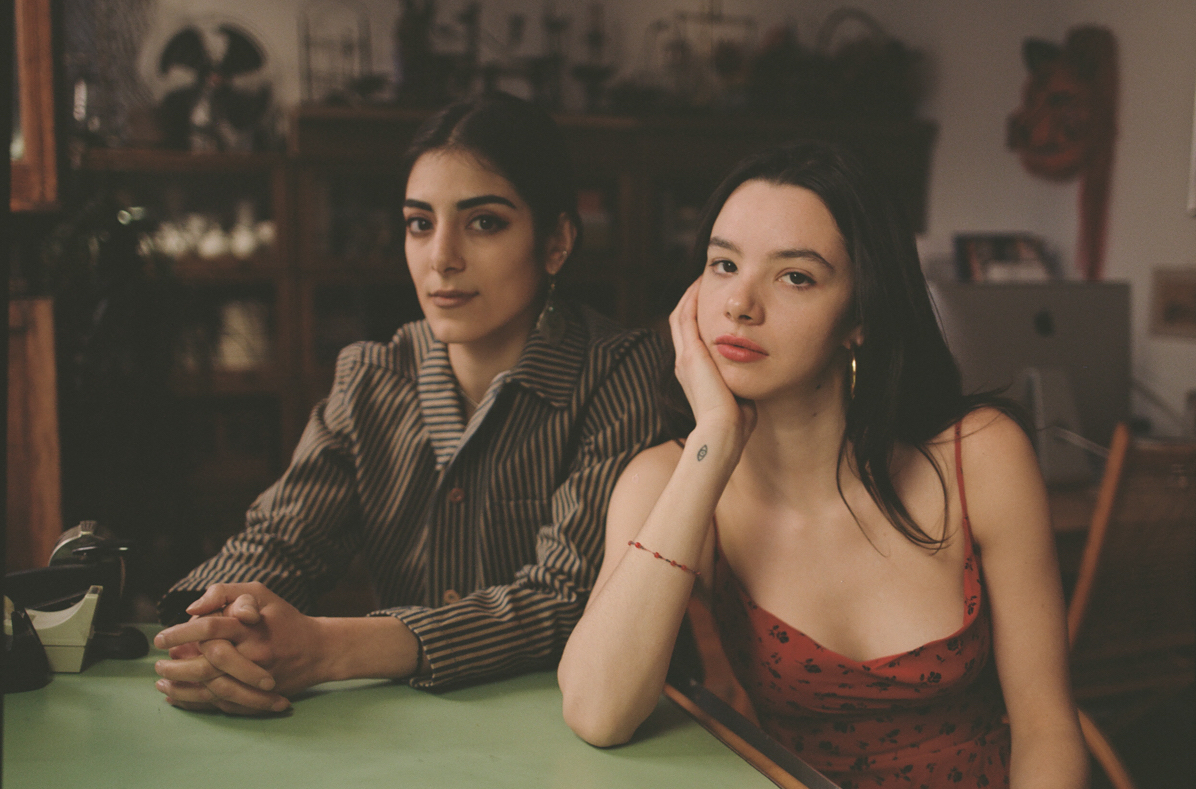According to a recent study, an overwhelming 87% of artists are male, and 85% are white. In 2019 this should be a shocking statistic—but in reality, the art world’s brutal lack of diversity is no news flash. The art historical canon is about as cis white male as it gets, and since Guerrilla Girls artistic activism in the ’80s, not enough has changed. But despite the outwardly desperate state of the industry, there is movement, albeit slow. From Gabi Ncgobo’s explosive curatorial effort for last year’s Berlin Biennial to the increasing appeal of political WoC artists like Amy Sherald and Liz Johnson Artur, it seems the art world is finally catching up with the rest of the world, and moving forward. And it’s the kind of change that New York curators Chloe Karayiannis and Allegra Venturi strive to impact, aiming to reset the balance and push for diversity across all realms of the otherwise elitist and exclusive art world. Their exhibition series, ZIP. aims to build a unique exhibition experience each time around, create a hub for ideas and to be a instrument for artist’s voices, and more importantly push for intersectionality within art. To coincide with ZIP’s latest edition, we caught up with the two young curators to talk about tackling exclusivity and elitism in the New York art scene.

What are your backgrounds, what drew you to New York?
CHLOE: I came from a classical training in Graphic Design, which elegantly mutated into exploring 3D Motion, Augmented Reality and general explorations in Creative Technology. I came to the USA from London to study at RISD, but stayed because New York is a hub for collaboration. There’s a magnetic energy here that attracts people together to create. I wouldn’t say I’m part of the art scene so much as I’m inspired by talented artists around me, who I’m grateful to be able to create a platform for.
ALLEGRA: I grew up in London in a Spanish/ Italian household. I was drawn to Art History from a young age. Growing up, my mother would take me to see all kinds of exhibitions and performances. My longstanding interest in art criticism and passion for art, led me to pursue a degree in curatorial studies. During my college years at NYU, I was able to specialise in Arts Management while still being able to merge and explore different artistic practises. Living in New York has opened my eyes to the importance of sharing ideas and strive towards collaboration. I feel very lucky to be living in a city that has endless possibilities; just when I think I know New York well enough, it always surprises me.
How do you think New York fares with regards to diversity and representation in the arts?
As is within every field, the art world is unfortunately still under representing diverse artists. We cannot be a voice for underrepresented artists but we can make efforts to reach them through our submissions and search process. We can question our own process and make efforts towards providing accessibility. With each show, we grow from experience and learn from the artists being represented.
In ZIP III we strived to represent artists from diverse backgrounds, we wanted to raise questions about heritage, citizenship and digital social identity. In an age of Brexit and Trump it is more important now than ever to talk about these themes.

The art world, or rather the art market, is incredibly elitist—is it important to you to make your shows more accessible?
ZIP is not part of the exclusive New York art scene, it’s a little detached and more organic. We do not have a financial agenda, we do not exclude artists based on their status in the world of art. It is truly a passion project that sits alongside our external professional lives, which separates it from being a business we need to profit from.
ZIP strives to bring people together to share ideas and spark collaboration. With the nature of ZIP being a one–night event, our artists are present. The artists do not stand on a pedestal above others to be admired – they are in the space amongst one another, and are able to personally explain their work.
If you could change 3 things about the state of the contemporary art world, what would they be?
Elitism, Diversity and Management of digital work. There is definitely a problem in the contemporary art world in regards to accessibility, which is a lot of times unfortunately circumscribed by an exclusivity within the scene. With the rise of so many fairs, demand has grown and artworks are turning into commodities. There is a leap towards buying artworks as assets that are ‘trending’, and not necessarily conveying an important message or maintaining a quality of craft.
Internet art and digital mediums are yet to be understood as tangible, monetisable art entities. How does one buy a file? Films can be shown in theatres and people pay to see them. But what about an augmented reality experience that comes out of your device? What if the digital piece lives on social media, and is interviewed with the internet? When files are free to be shared on the internet, does the internet therefore minimise their potential value? If something can be seen and easily obtained its artwork value is lessened, because the art world often prices work based on rarity. Some artists are solving this for traditional gallery spaces by selling the screens / virtual reality headsets and tablets that can accompany these digital pieces. But in a way it seems ironic to create something digital, only to have to sell it as something physically tangible for the art audience.
Find out more about ZIP here.
Photography by Josh Aronson.

